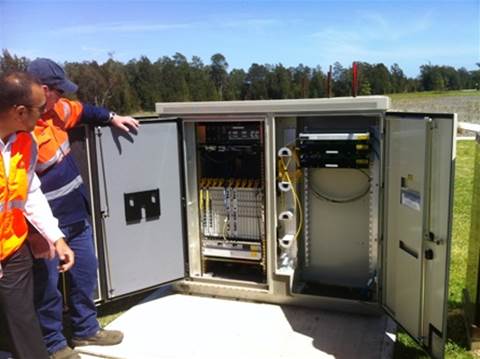Stuart VK2FSTU has found an interesting article on a cheap home-brew satellite tracker. Stuart writes:
Grabbed this article from Flipboard as it may interest a few people. When I retire and have time to fiddle I’ll be able to do these sort of things myself, as it interests me I thought it may interest a few others as well.
Read the article here along with loads of construction images.
The satellite tracker is being used in this instance to track US Weather Satellites and there are some issues with this design for Ham use – most glaringly that the servos stop working from RF interference when you’re transmitting. I’d also be unsure of servo’s ability to survive for any length of time with a typical amateur satellite Yagi mounted on top – I’d think the windage and weight would kill those servos quite quickly.
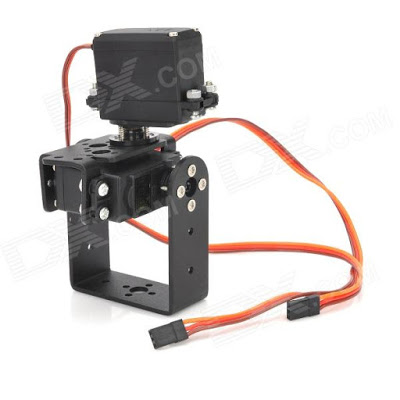
Nevertheless, this is an excellent example of what can be achieved these days with a little ingenuity, some cheap eBay parts and an Arduino. The designer puts the parts cost at $25 USD!
Those of you who get the WIA’s Amateur Radio magazine may have seen a similar, more costly but significantly more rugged satellite rotator feature on the cover of the May 2016 issue:
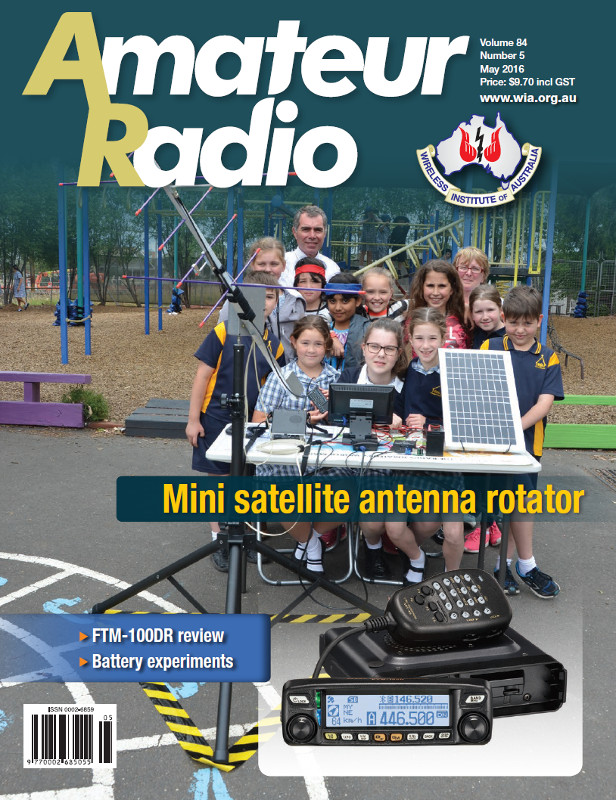 This design is from Julie VK3FOWL and Joe VK3YSP of the School Amateur Radio Club Network and uses beefier stepper motors in place of servos and a Gyro & Compass sensor to orient itself. You can read the AR article here and construction info is here. I have all of the parts ready to go shy of the Arrow Satellite Antenna – now to find the time to build it!
This design is from Julie VK3FOWL and Joe VK3YSP of the School Amateur Radio Club Network and uses beefier stepper motors in place of servos and a Gyro & Compass sensor to orient itself. You can read the AR article here and construction info is here. I have all of the parts ready to go shy of the Arrow Satellite Antenna – now to find the time to build it!
Parts for this design, excluding some sundry items (and the antenna) cost around $105 AUD. Pretty amazing for such a rugged design with fully automated tracking! A big thank you to Julie and Joe of SARC for sharing their fantastic design!

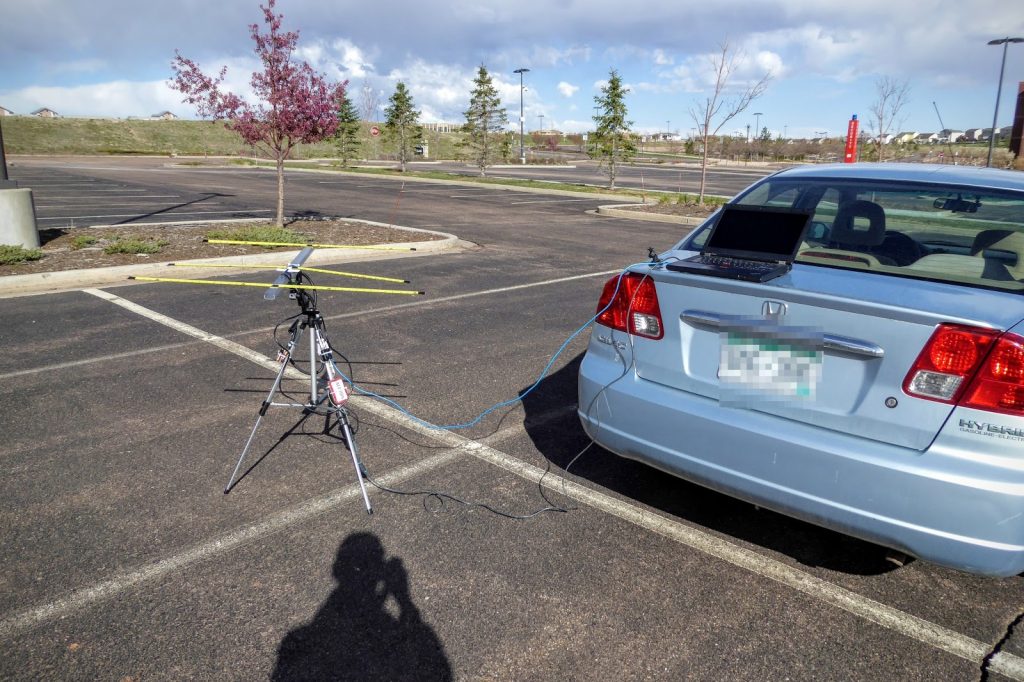
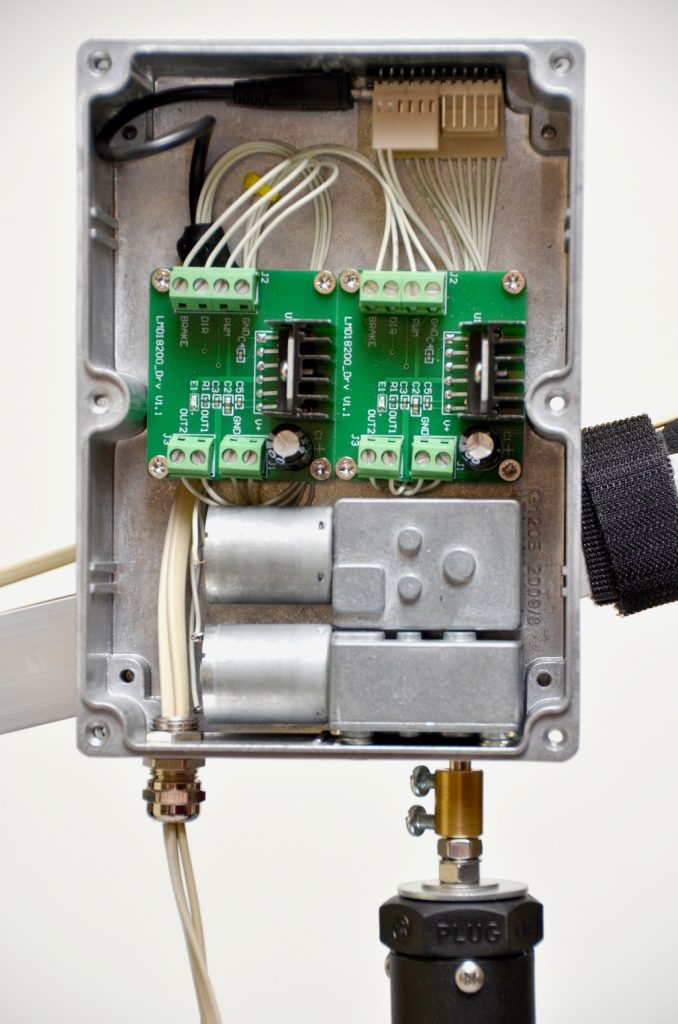
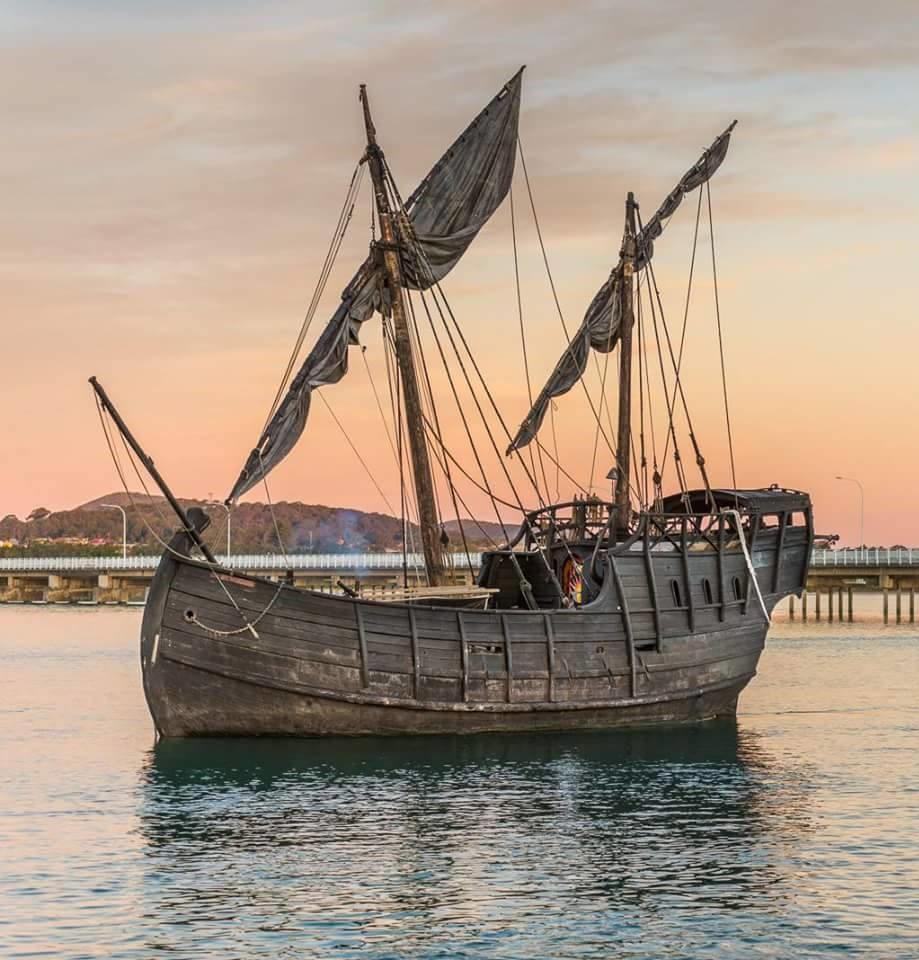
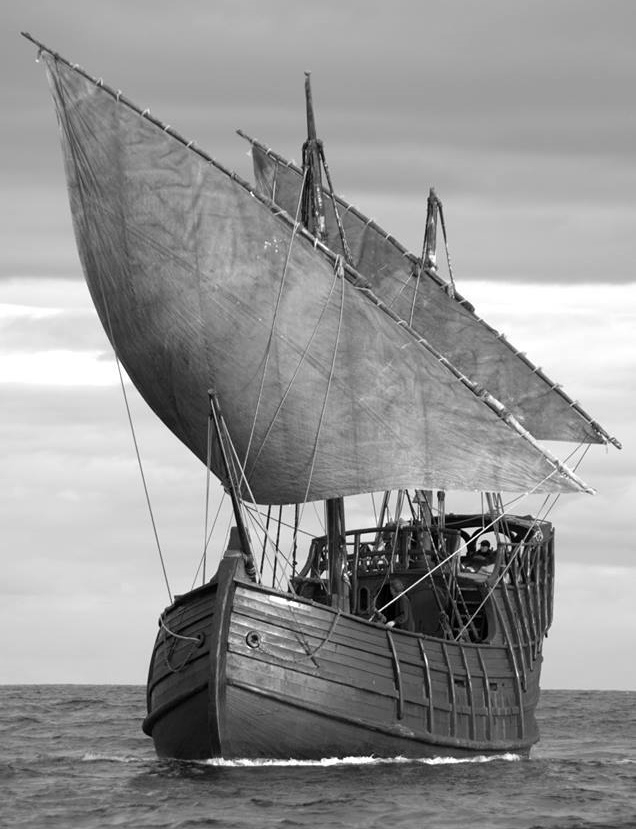
 VDSL is, simply put, a faster version of ADSL which Australia has used for internet access for many years. ADSL2+ speeds topped out at 24Mbp/s, whereas VDSL technology currently tops out at 100Mbp/s. This amazing performance comes at a price – VDSL only operates over short distances of around 1200 meters (hence the need for many localised nodes about the neighbourhood).
VDSL is, simply put, a faster version of ADSL which Australia has used for internet access for many years. ADSL2+ speeds topped out at 24Mbp/s, whereas VDSL technology currently tops out at 100Mbp/s. This amazing performance comes at a price – VDSL only operates over short distances of around 1200 meters (hence the need for many localised nodes about the neighbourhood).